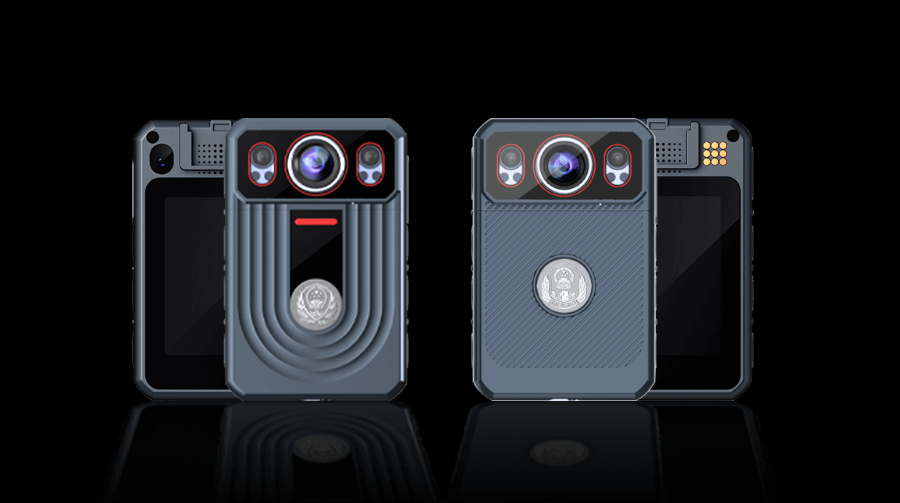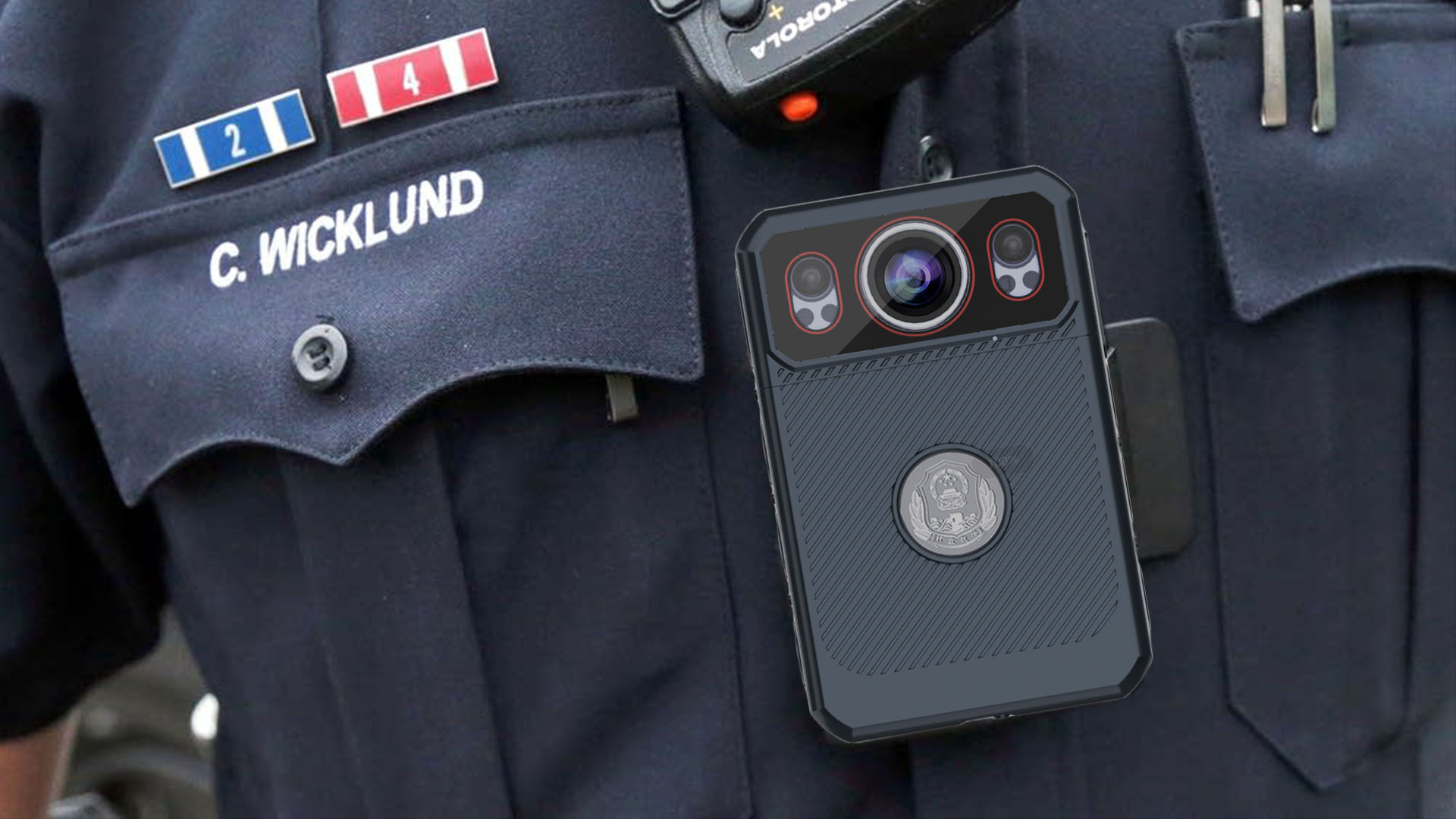Police body-worn cameras have gained traction as a valuable tool in law enforcement, with their use rapidly increasing in recent years. In fact, a 2019 survey conducted by the Bureau of Justice Statistics found that 47% of local police departments in the United States used body-worn cameras, up from just 25% in 2013. Police body-worn cameras are used to capture audio and video footage of police interactions with the public. The footage is often used to enhance transparency and accountability within law enforcement agencies, as well as to provide evidence in investigations and court proceedings. By recording police interactions with the public, these cameras can provide an objective account of events, which can help to deter misconduct and build trust between law enforcement officers and the communities they serve. But what exactly are police body worn cameras, and what are they used for? In this blog post, we'll explore the basics of police body worn cameras, their benefits, and their implementation.
What Are Police Body Worn Cameras?
Police body-worn cameras are designed to be unobtrusive and easy to use. They are typically small, lightweight devices that can be attached to an officer's uniform or vest using a clip or mounting bracket. The cameras are designed to be rugged and durable, able to withstand the demands of law enforcement work.
The cameras are equipped with wide-angle lenses that provide a broad field of view, enabling officers to capture a full picture of the scene. The lenses are designed to capture high-definition video and audio, even in low-light conditions, which can be critical in situations where visibility is limited.
Once the footage is captured, it is stored on a secure server, often in the cloud, to ensure that it is protected and easily accessible. The footage can be accessed by law enforcement agencies for investigative purposes, as well as by defense attorneys and prosecutors in court proceedings.
The use of police body-worn cameras has been shown to have a positive impact on policing. A study conducted by the University of Cambridge found that the use of body-worn cameras led to a 93% reduction in complaints against officers in the UK. In addition, the study found that the use of body-worn cameras led to a 59% reduction in use-of-force incidents and a 33% reduction in officer injuries.

Why Are Police Body Worn Cameras Used?
The use of police body worn cameras has several benefits, including:
1. Improving Transparency and Accountability: Police body worn cameras capture an objective and transparent account of police interactions with the public, which helps to foster trust between law enforcement officers and the communities they serve. Additionally, the cameras provide a means of holding officers accountable for their actions.
2. Improving Officer Safety: Police body worn cameras can help to de-escalate potentially dangerous situations by providing a visual record of the interaction. This can help to reduce the use of force by officers and promote the safety of both the officer and the public.
3. Providing Evidence for Investigations and Court Proceedings: The footage captured by police body worn cameras can be used as evidence in investigations and court proceedings, providing an objective record of events that can be used to support or refute claims made by officers or members of the public.

How Are Police Body Worn Cameras Implemented?
The implementation of police body worn cameras can vary depending on the specific needs and resources of a law enforcement agency. However, there are several key considerations that should be taken into account when implementing a police body worn camera program:
1. Developing Policies: Law enforcement agencies must establish unambiguous policies and procedures for the usage of police body worn cameras. These policies should cover matters such as when and how the cameras should be activated, the storage and accessibility of footage, and the maintenance of the cameras.
2. Officer Training: Law enforcement agencies should provide comprehensive training for officers on the use of police body worn cameras. This should include training on when and how to activate the cameras, how to maintain and store the cameras, and how to respond to requests for footage.
3. Privacy Considerations: Law enforcement agencies should consider the privacy concerns of the public when implementing a police body worn camera program. This may include developing policies on when and how footage should be released to the public or to third parties.
4. Funding and Resources: Implementing a police body worn camera program can be costly, and law enforcement agencies should ensure that they have the necessary funding and resources to support the program. This may include purchasing cameras, storing and managing footage, and providing training and support for officers.
Conclusion
When implementing a police body worn camera program, it is important to establish clear policies and procedures for their usage. These policies should address issues such as when and how the cameras should be activated, how the footage should be stored and accessed, and how the cameras should be maintained. It is also important to ensure that officers are properly trained in the use of these cameras, including how to activate and deactivate them and how to handle sensitive footage.
Privacy considerations must also be taken into account when implementing a police body worn camera program. The public has a right to privacy, and law enforcement agencies must ensure that the cameras are not used to gather information about individuals without their knowledge or consent. This includes establishing clear guidelines for when and where the cameras can be used and how footage should be handled and stored.
Funding and resources are also critical to the success of a police body worn camera program. The cost of purchasing and maintaining these cameras can be substantial, and law enforcement agencies must ensure that they have the necessary resources to implement and sustain these programs over the long term. This includes investing in the infrastructure needed to store and manage the footage captured by these cameras.
Despite these challenges, the benefits of police body worn cameras cannot be overstated. They can help to deter misconduct by providing an objective record of police interactions with the public, and they can aid in building trust between law enforcement officers and the communities they serve. They can also provide critical evidence in investigations and court proceedings, which can help to ensure that justice is served.
In conclusion, police body worn cameras are a valuable tool for law enforcement agencies, but their implementation requires careful consideration of policy, training, privacy, and funding considerations. By addressing these concerns and working closely with civil liberties organizations and community groups, law enforcement agencies can ensure that their use of body worn cameras is transparent, accountable, and effective in promoting public safety and trust.


 French
French German
German Arabic
Arabic Italian
Italian Spanish
Spanish Japanese
Japanese Persian
Persian Korean
Korean Chinese (Simplified)
Chinese (Simplified)









